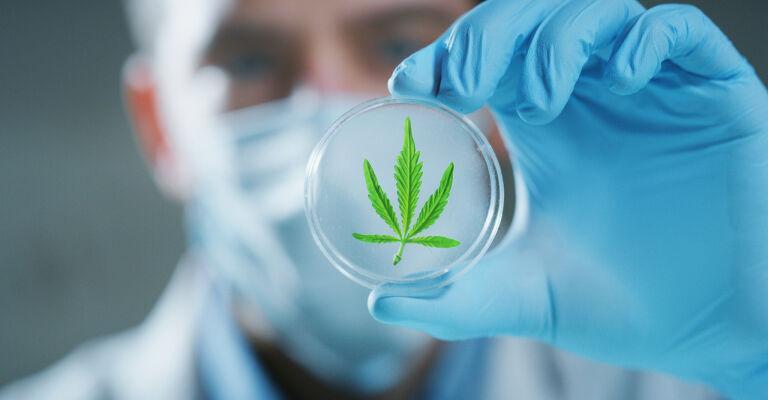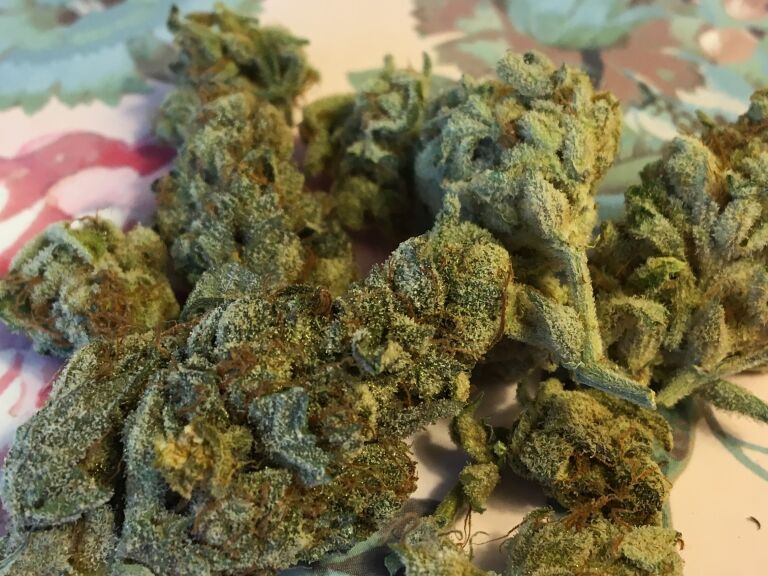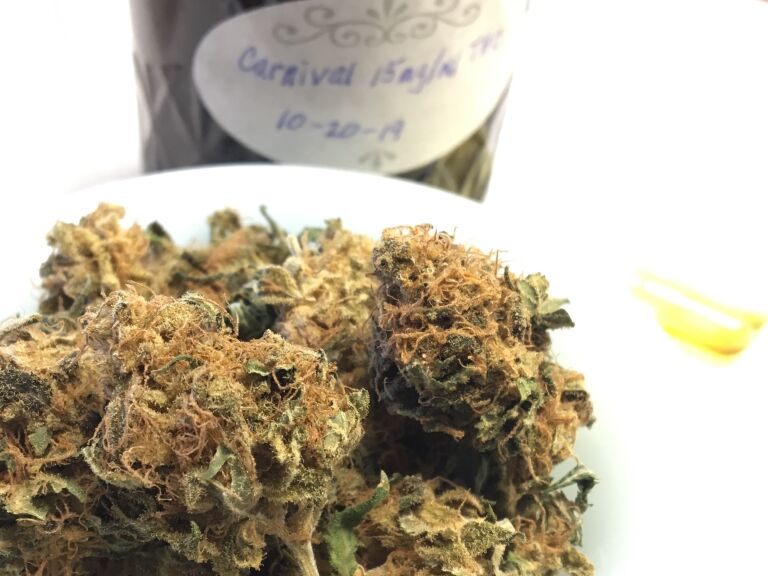An infographic staring back at me from BDS Analytics announced that 56% of adults in the United States didn’t know the difference between THC and CBD. Shocking news to an experienced cannabis consumer, it also flashed me back to when I was one of those adults, reminding me of how intimidating and confusing I initially found the cannabis space.
Why do I need to know the difference between THC and CBD?
With the dramatic increase in cannabis legalization, both medical and recreational access to cannabis products is becoming a possibility for a growing number of citizens. Knowing the benefits available from each of the major cannabinoids makes us smarter consumers.
Shopping at a dispensary you’re going to find cannabis products formulated in one of three ways:
• High THC
• High CBD
• Equal ratio of THC and CBD (1:1)
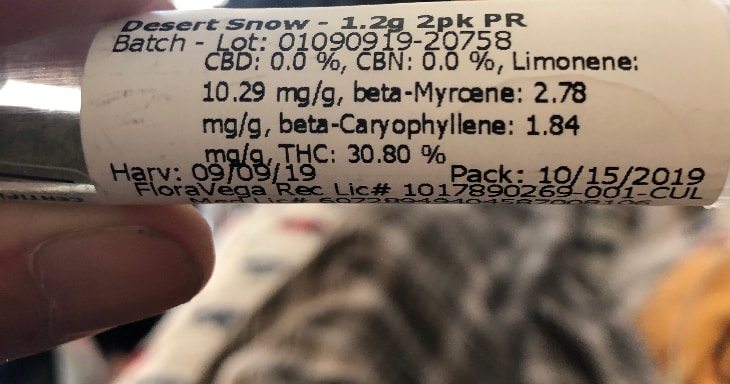
Cannabis products will be labeled with critical information for every cannabis consumer, including the concentration of cannabinoids. Have a friendly staff member explain a label to you.
A Little Groundwork on THC and CBD

Cannabis plants produce an essential oil high in terpenes, flavonoids and cannabinoids, the cellular signaling molecules that make cannabis so valuable to a human body. The highest concentration of cannabinoids in any cannabis plant will be either THC or CBD, with any other cannabinoids typically showing up in minuscule amounts.
Although THC and CBD have the same number and types of atoms in their molecular profile, the arrangement of those molecules offer very different effects in the human body.

Let’s take a closer look at the benefits a cannabis consumer can anticipate from including THC or CBD in their personal regimen.
THC: The Muscle
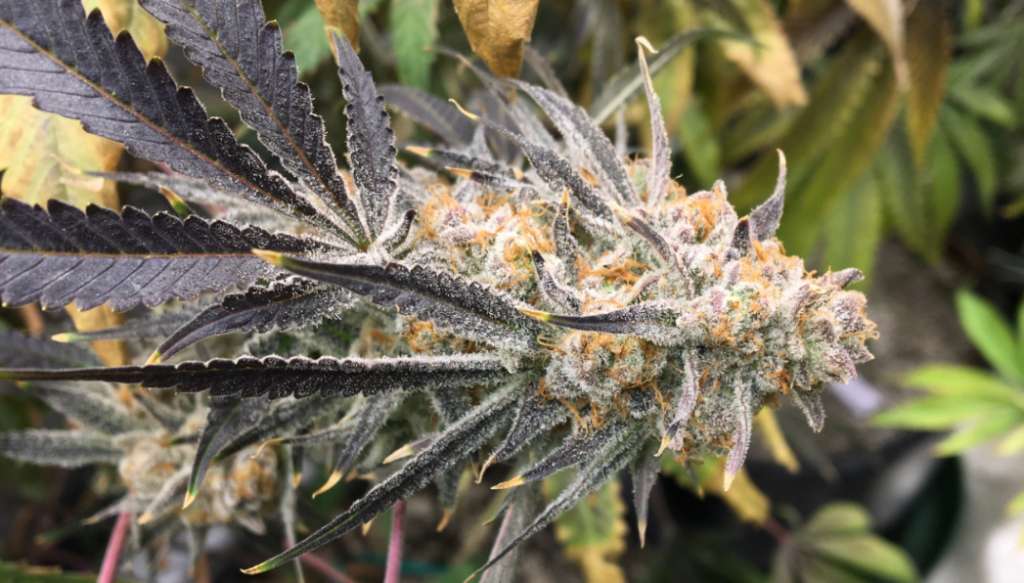
There’s been a lot of talk bantered about suggesting that CBD is the “real medicine” in cannabis. The reality is that the vast majority of disease states we treat with cannabis wouldn’t respond as positively without THC, including:
- chronic pain
- liver disease
- depression
- anxiety
- insomnia
- cancer treatment
THC is a major player in the game of cannabis therapeutics. A partial list of the benefits of THC would include:
- creating euphoria (translation: helping you feel better)
- reducing the negative experience of pain
- compelling cancer tumor cells to commit suicide
- helping the body fall into restful, rejuvenating sleep
- tamping down depression
- soothing nausea
- relaxing muscle spasms
- stimulating appetite
- encouraging immune response to inflammation
- potentiating the effects of CBD
If THC is the rock star of phytocannabinoids, its power partner is CBD.
CBD: The Facilitator
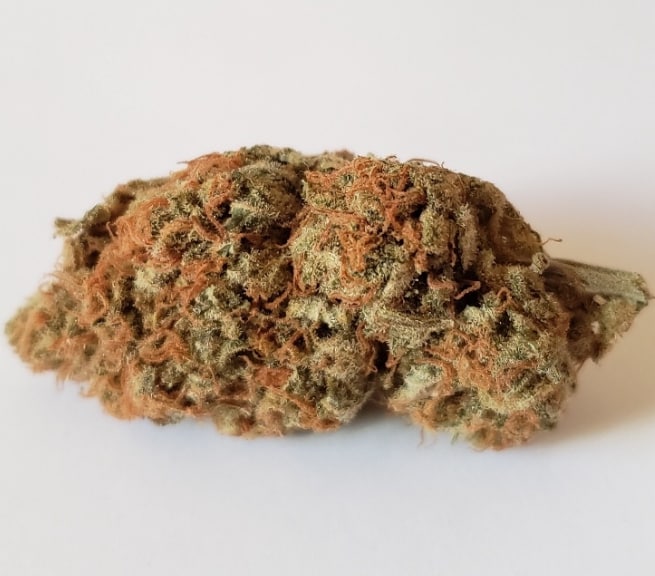
CBD is the non-intoxicating major player in cannabis, and it works through alternate pathways than the endocannabinoid receptors stimulated by THC. CBD often works so subtly that you may not feel the relief it’s offering until you stop taking it.
Benefits reported from CBD use have included:
- relieving anxiety
- reducing inflammatory pain
- soothing nausea
- reducing muscle spasms
- controlling cancer tumor cell expansion by inhibiting the growth of new tumor blood vessels
- controlling seizure disorders
- protecting the neurons (your brain is the largest collection of neurons working on your behalf)
- softening the euphoria of THC
- potentiating the effects of THC
This is a limited view of the benefits of CBD use. You’re encouraged to visit Project CBD’s website for a more in-depth look at the cannabinoid they helped bring into the mainstream of American life.
THC and CBD: Choosing For Your Needs
All well and good, but how does this help you choose a better product? Over the years patterns of relief have fallen into place in legal communities around the world, and we can begin to make some generalizations for helpful guidance.
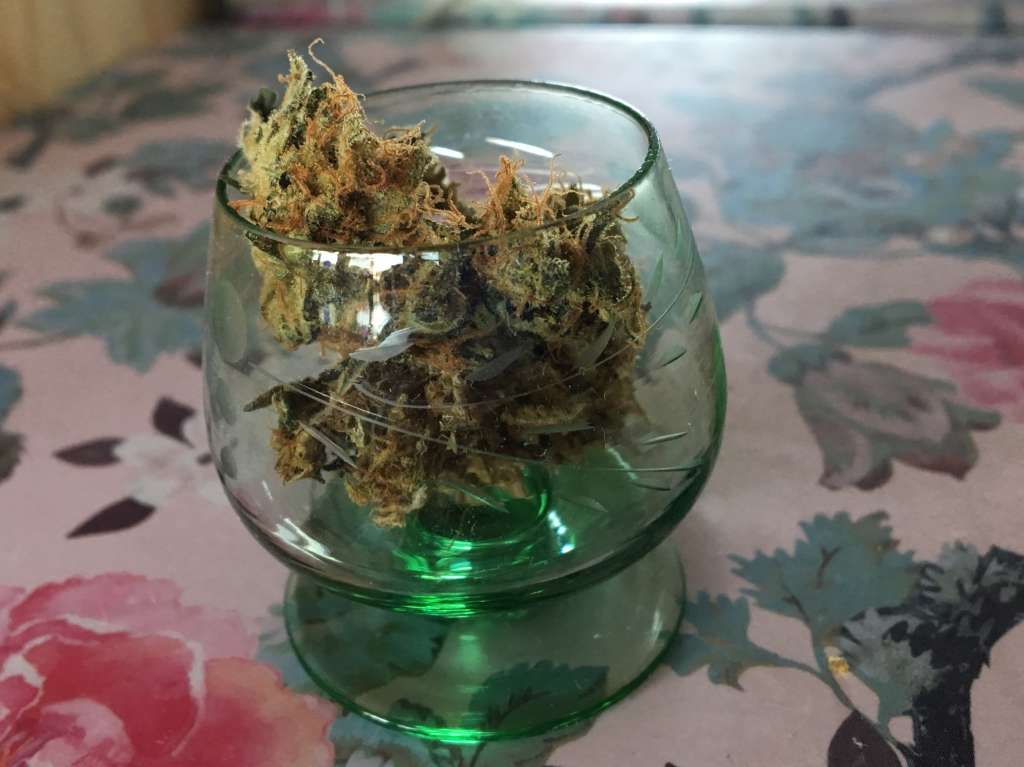
Ratios That Work For Many (CBD:THC)
NOTE: These generalizations are not meant to replace the invaluable input of your medical support team. Often we’re educating doctors who’ve been neglecting holistic medicine in favor of pharmaceuticals. Your understanding of and confidence in the potential of cannabinoids can make difficult conversations easier to hold.
Euphoria: Experiment with 1:2, 1:3, and 1.5 CBD:THC ratios as well as the traditional high THC choices. You may be pleasantly surprised. I personally found a 1:2 CBD:THC ratio to be an exciting diversion from high THC.
Breakthrough pain relief: High THC, typically administered by vaping or combustion for faster onset.
Chronic pain relief: High CBD (starting with 1:1, up to 5:1)
Anxiety relief: Higher CBD (from 2:1 CBD:THC up to 8:1)
Anti-seizure:* Higher CBD (8:1 CBD:THC up to 30:1)
*The age of the patient is a factor here. Work under the supervision of trained medical professionals.
Anti-inflammatory: High CBD (1:1 CBD:THC up to 30:1)
Dare to Experiment with THC and CBD
Developing a personal regimen with THC and CBD will require experimentation to find your sweet spot. Every human body will respond individually to cannabis as I outlined in my post on finding your minimum effective dose. The standard dosing practice for cannabis therapies is to:
- start sub-therapeutically low
- slowly and thoughtfully increase doses until you find relief
In time you’ll find a ratio of CBD to THC that feels most comfortable and generates the results you’re looking for. Explore with confidence that cannabis is safe to experiment with.
Knowledge Expands Our Experience with THC and CBD
The range of available cannabis products can feel overwhelming. Equipped with a better understanding of the differences between THC and CBD, you can consider your intentions and let the trained staff guide you.
During your next dispensary visit, be curious. Take time to look around and notice the different ratios of cannabinoids offered. Ask questions.
The staff is there to answer them, and the more you explore the variety of available products, the more opportunity you’ll find to discover the many benefits you can derive from including cannabis in your daily life.
We’re still learning what cannabis has to offer, so feel free to share any insights or questions you may have about THC and CBD along with the manipulation of ratios in the comments section below.

